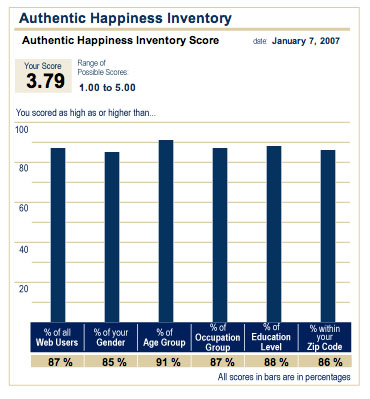Updated 14-Sep-2023
Having spent quite a few hours for several years in statistics classes, the importance of the operationalization of measurements has been clearly impressed upon me. And so, with things such as happiness, it becomes quite a task to measure this. Luckily there is a diversity of governments and non-government agencies in the world, and so this sort of thing can be quite nicely parsed.

First off I should mention that none of this is original, though we can say things like multivariate, non-unary, bimodal measurements (e.g., happiness and unhappiness may not be opposite poles, but could be co-present). In other words, things are not so simple. But we have to begin somewhere. Also, while individuals can be scored on this (for happiness is a human construct), clearly it is in communities where the individuals live which have impacts on happiness. Therefore both individuals and groups should be measured.
Psychological Well-Being
- Life satisfaction (health, occupation, family, standard of living and work-life balance)
- Positive emotions
- Negative emotions
- Spirituality
Health
- Mental health
- Self-reported health
- Healthy days
- Disability
Time Use
- Work (enough, too much)
- Sleep (enough, not enough, quality)
Education
- Literacy
- Education level
- Knowledge
- Values
Cultural Diversity and Resilience
- Native language
- Cultural participation
- Artisan skills
- Conduct
Good Governance
- Government performance
- Fundamental rights
- Services
- Political participation
Community Vitality
- Involvement (time & money)
- Community relationship
- Family
- Safety
Ecological Diversity and Resilience
- Ecological issues
- Responsibility towards environment
- Wildlife damage (rural)
- Urbanization issues
Living standards
- Assets
- Housing
- Household per capita income